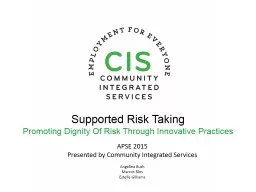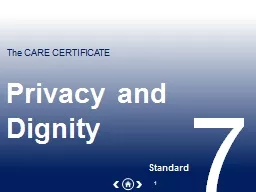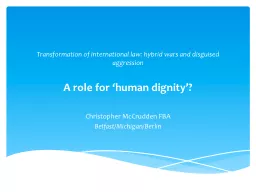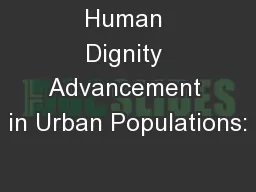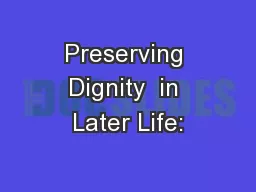PPT-Supported Risk Taking Promoting Dignity Of Risk Through Innovative Practices
Author : pamella-moone | Published Date : 2018-03-16
APSE 2015 Presented by Community Integrated Services Angelina Bush Marcos Rios Estelle Gilliams Mission Community Integrated Services mission is to empower people
Presentation Embed Code
Download Presentation
Download Presentation The PPT/PDF document "Supported Risk Taking Promoting Dignity..." is the property of its rightful owner. Permission is granted to download and print the materials on this website for personal, non-commercial use only, and to display it on your personal computer provided you do not modify the materials and that you retain all copyright notices contained in the materials. By downloading content from our website, you accept the terms of this agreement.
Supported Risk Taking Promoting Dignity Of Risk Through Innovative Practices: Transcript
Download Rules Of Document
"Supported Risk Taking Promoting Dignity Of Risk Through Innovative Practices"The content belongs to its owner. You may download and print it for personal use, without modification, and keep all copyright notices. By downloading, you agree to these terms.
Related Documents

